Different Learning Styles
For many years people have tried to understand the best ways for students and delegates to learn. One of the most popular theories is the VARK model. This identifies the four main types of learners: visual, auditory, kinaesthetic, and reading/writing.
Most people are a combination of these different styles, although more often than not, they have a more dominant or preferred learning style. Taking these different learning styles into account when teaching or training can complement teaching methods, providing a varied and enriching learning experience.
Visual learners
Visual learners prefer to process and take information in via a visual format. This may include; photos, diagrams, graphs, reading news and data, or even watching someone demonstrate. Access to flow charts and visual guides might support these delegates with their learning.
Auditory learners
These learners best understand new information through listening and group discussions. Auditory learners might find repetition to be an excellent study technique, therefore, could benefit from using mnemonic techniques or recordings to allow them to revisit as they practice.
Kinaesthetic learners
Delegates who prefer to learn by doing and completing practical activities are likelier to be kinaesthetic learners, as they gain a greater understanding through a tactical or experimental approach. Allowing more hands-on individuals to figure things out practically. Relating stuff to a personal experience or providing examples or situations can embed learning.
Reading/ Writing
A strong reading/ writing preference can help one learn better through words. Delegates who prefer learning this way may take notes, be keen readers and be able to translate abstract concepts into words. Therefore, these delegates can find it more accessible and perform well with written assessments or quizzes.
There are lesser-known learning styles, which include one based on the senses and another on social aspects. However, it’s important to note that not everyone agrees on the types of learning styles, their names or even the number of styles.
Everyone has unique learning methods, and while you may feel it fits into one of these styles, it doesn’t mean that that’s the only way you will learn. Although, having an understanding of your own learning styles and methods is crucial to your learning experiences. Additionally, it’s important to remember that many factors influence the learning process, including the environment and cognitive and emotional factors. Once you have found a learning style or method that fits you, you and your trainer can tailor your training and learning experiences to fit your needs.
How do you learn best? Do you have any tips to share? Comment and let us know how you best learn.






















